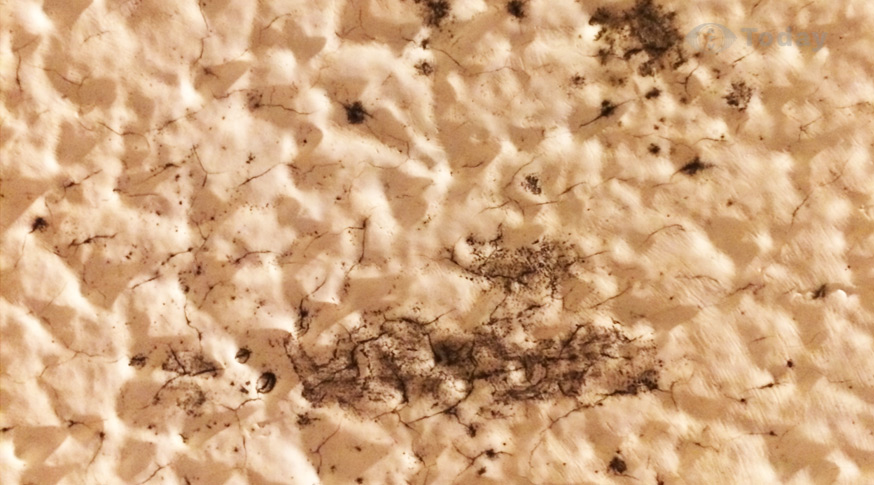Friday Health specials with ATV Today Lifestyle…
Experts have recently shed light on common bathroom habits that inadvertently increase the risk of mould development.
Plumbworld, the bathroom and kitchen product company, underscores that simple daily practices can significantly elevate mould risk in our homes, pointing out that many of us unknowingly create ideal conditions for mould growth through routines we consider harmless.
- Leaving Wet Towels and Bathmats on the Floor: Wet towels and bathmats left on the floor after a shower or bath can significantly increase the humidity levels in the bathroom. This environment provides a perfect breeding ground for mould spores that are always present in the air to begin growing. The fabric of towels and mats absorbs water, keeping the surface underneath them moist for extended periods. This not only accelerates mould growth on the floor and mat but can also contribute to a musty smell in the bathroom. To prevent this, it’s recommended to hang towels and bathmats in an area where they can dry quickly and to wash them regularly.
- Not Using an Exhaust Fan During and After Showering: The use of an exhaust fan is critical in reducing moisture levels in the bathroom. When taking a hot shower or bath, steam increases the room’s humidity level, creating an ideal setting for mould to flourish on walls, ceilings, and other surfaces. An exhaust fan helps by venting the moist air outside, significantly reducing the risk of mould growth. Experts suggest running the fan during the shower and for at least 20-30 minutes afterward to effectively lower humidity levels.
- Ignoring Small Leaks: Even minor leaks from the sink, toilet, or shower can contribute to increased moisture levels in a bathroom, fostering an environment where mould can thrive. Over time, these leaks can cause significant water damage, promoting mould growth in less visible areas such as inside walls or under flooring. It’s essential to fix leaks promptly, no matter how small they may seem, to prevent mould and potential structural damage.
- Keeping the Shower Curtain or Door Closed After Use: Keeping the shower area closed after use traps moisture inside, delaying the drying process and creating a humid environment conducive to mould growth. Mould can easily develop on shower curtains, doors, and in tile grout if they remain wet for too long. To mitigate this, it’s advisable to leave the shower door or curtain open after use to improve air circulation and allow the area to dry more quickly.
- Storing Too Many Products in the Shower: Shower caddies and corners filled with bottles and accessories may seem harmless, but they can obstruct airflow and trap moisture. This not only prolongs the drying time but also creates hidden, moist niches where mould can grow unnoticed. It’s wise to minimise the number of products stored in the shower and to regularly clean and dry the areas underneath them to prevent mould accumulation.
Safety Measures:
- Use exhaust fans or open windows to reduce humidity.
- Fix leaks immediately to prevent moisture buildup.
- Wipe down surfaces after use and hang wet towels to dry.
- Use a dehumidifier in high-humidity areas.
- Keep the shower area open post-use for better airflow.
- Minimise clutter in the shower to avoid trapping moisture.
- Clean the bathroom regularly with mould-preventing solutions.
- Maintain a warm room temperature to avoid condensation.
- Opt for mould-resistant materials in high-moisture areas.
- Monitor and keep humidity levels below 50%.

















